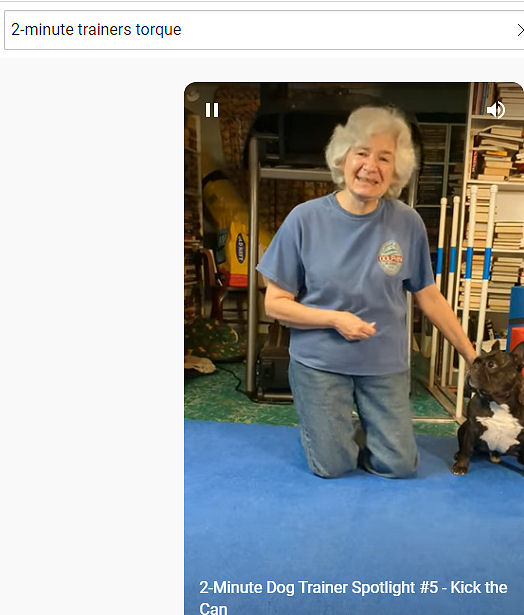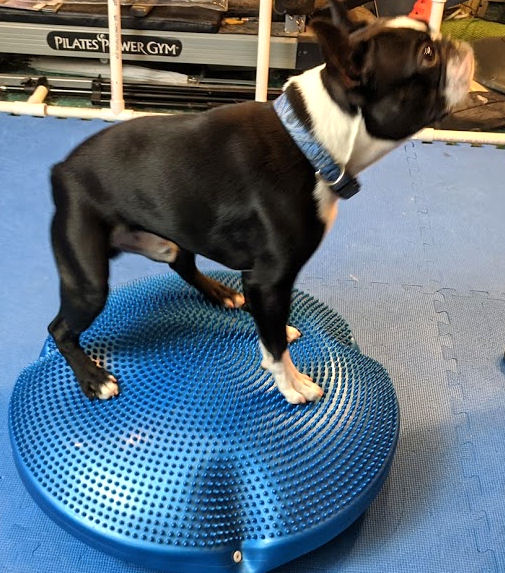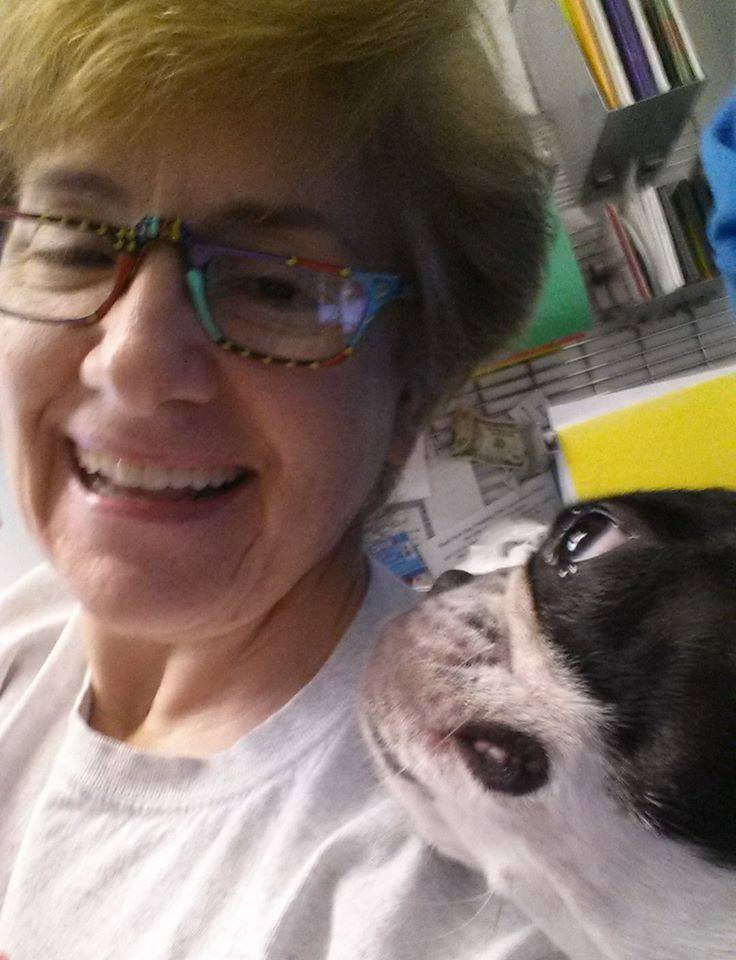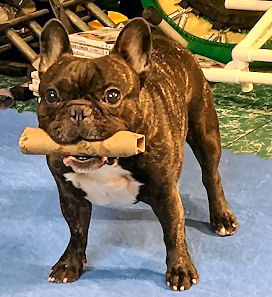Get over yourself.

That’s the message I (Hope) have to tell myself whenever we talk about doing a new dog-training-games video for 2-Minute-Trainer. It doesn’t matter what I look like, sound like, or wear. It matters that we’re helping people have more fun training their dogs. That’s the thing we know how to do, are pretty good at, and want to share.
And these days, more people watch than read. So to get out the message of positive, fun, fast dog training, we use video. It’s the message that matters, not the medium.
Unexpected benefits
Something pretty magical happened when I watched the videos of my training with Torque. In almost every single one, I was laughing and having fun with my dog. Maybe that’s the most powerful message in all our training. There are lots of great reasons to play training games with your dog. The best one is that it’s fun for both of you.
We highly recommend that you take video of your training games with your dog. You don’t have to let anybody else see it, if you don’t want to. It’s for you.
Keeping a record
I was having a not-so-great day until I watched the video with Torque. Just seeing my own expression change from serious to joy, because my dog was impatient to play with me. It turned the whole day around.
No matter what happens on any tomorrow, I will always be able to look at that video and see the happiness – mine and my dog’s. If you ever doubt that your dog is enjoying your training games, watch the video. Look at your dog’s rapt expression. Their intensity and eagerness to play will motivate you to play even more dog training games.
If you record your sessions regularly, you’ll also have a precious record of how far you’ve come from where you started. Try to take video at least once a week. You’ll be glad you did. Especially for those times when you don’t seem to be making headway. Reminding yourself where you were, and how far you’ve come, is a real boost.
Going viral
If you’re hoping for internet fame and figure out the secret, by all means go for it and share it with us. Our video Spotlight Series seemed to be growing; the first four videos had geometric growth from week to week. (Booker’s “Dance” is below.) Maybe ironically, the video that brought such joy has almost no views. We may not know the magic formula for internet stardom. What we do know is how special the relationship with our dogs is, and capturing that for posterity is priceless.



